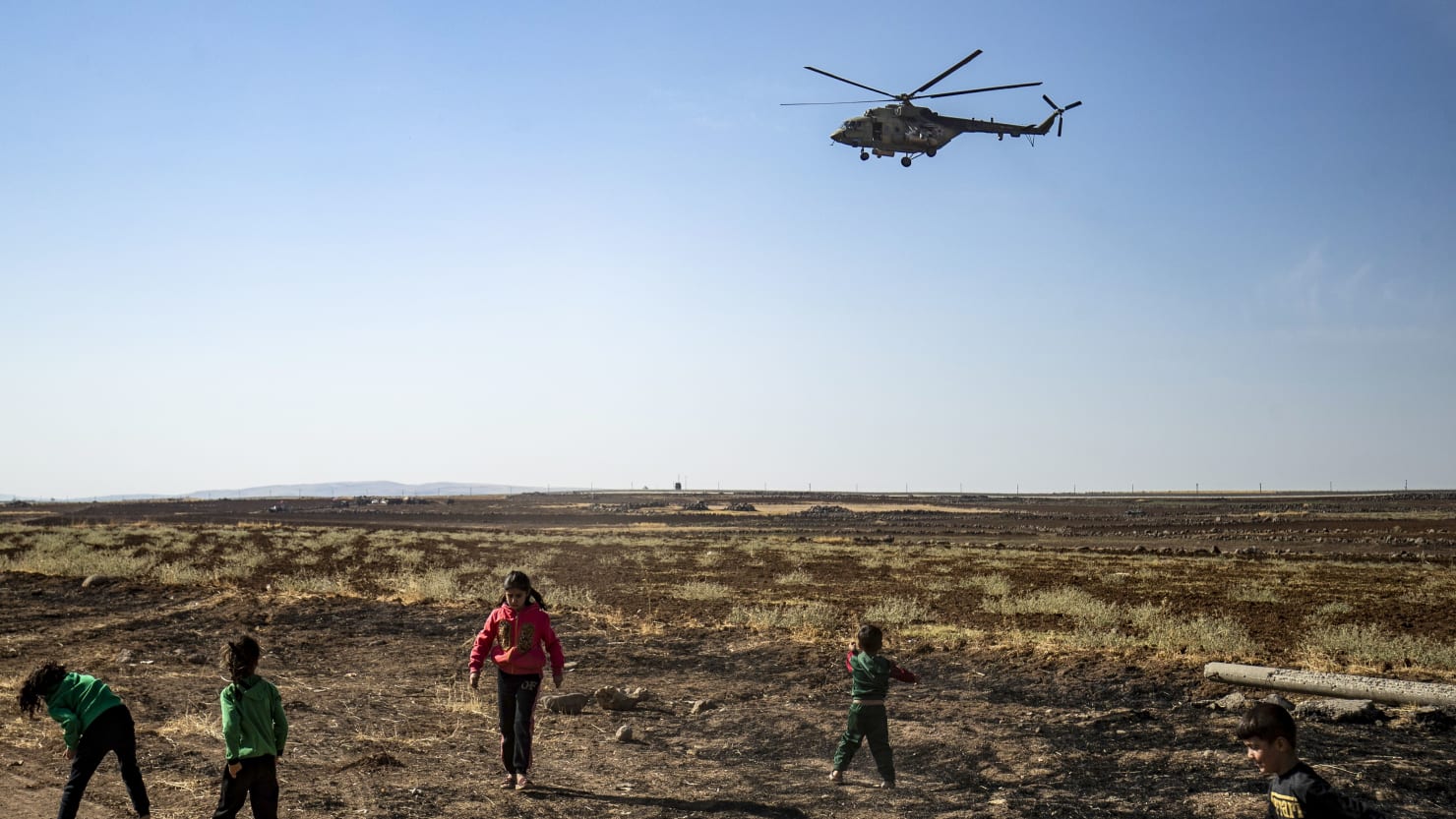A report by a chemical weapons watchdog concluded that in February 2018 a helicopter controlled by Syria’s elite “Tiger Forces” military unit dropped a chlorine cylinder on the rebel city of Saraqib.
“There is reasonable reason to believe that at approximately 21:22 on February 4, 2018, during the ongoing attacks on Saraqib, a Syrian Arab Air Force military helicopter under the control of the Tiger Forces hit the ‘east of Saraqib dropping at least one cylinder, “the Chemical Weapons Organization report said. “The cylinder broke and released a toxic gas, chlorine, which dispersed over a large area and affected 12 named individuals.”
A dozen people who were exposed to the chemical suffered skin irritation, chest pain and nausea.
Witnesses told the OPCW that, on the day of the attack, “they heard a helicopter sound between 9:15 pm and 9:22 pm and that one or two objects fell to the ground.” One person who had been housed at a nearby shelter “explained that he went to see what had happened and began to feel unwell when he approached the area in the direction of the sound source.” Video evidence obtained by the OPCW confirmed the witnesses.
Despite growing evidence to the contrary, the Assad regime has flatly denied having used chemical weapons in the conflict.
The OPCW report was based on interviews with victims and medical personnel who responded to the incident, samples of the scene examined by toxicologists, and satellite images obtained by the team that identified several “points of ‘impact’.
In response to the investigation, Syrian authorities had alleged that white helmet rescue workers had worked with jihadist groups to “stage” the incident to “forge accusations against the Syrian Arab army.” The monitoring group found no evidence to support this claim.
The infamous Syrian Tiger Forces is a pro-Russian, pro-intelligence, pro-intelligence air force militia “widely regarded as the most powerful and brutal of the four branches of intelligence,” according to the Institute of Middle East. The founder of the unit has been accused of ordering the killing of hundreds of protesters during the first days of the Syrian conflict for a decade.
Monday’s report is the OPCW’s second investigation into the use of chemical weapons in the Syrian civil war. The former confirmed the use of a nerve agent of sarin and chlorine against civilians in a March 2017 attack on the town of Ltamenah, which killed three people and injured 32, who had vomiting, difficulty breathing and foam. in the mouth.
